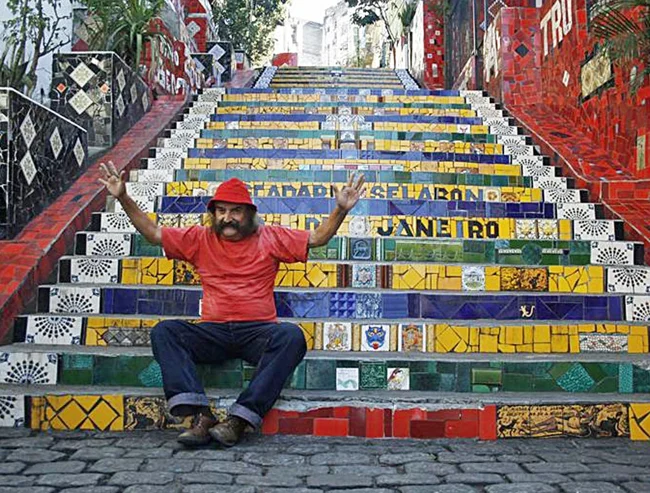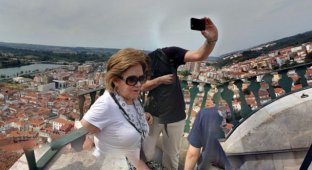A staircase for Rio de Janeiro: how to make attractions out of nothing (7 photos)
Escadaria Selaron is a 125-meter-high staircase that includes 215 steps and is one of the landmarks of Rio de Janeiro. Its history is both banal and tragic, although now this place is one of the famous locations of the second largest Brazilian city. 
The name Escadaria Selaron, which means "Stairs of Selaron" - the name of its creator, Chilean artist Jorge Selaron. He came to Rio de Janeiro in 1980 and settled, let's say, in a far from prestigious area of the city.
This was the house to which this very staircase led - by the way, this is a separate street, officially it is called Manuel Carneiro Street, and allows you to move from the Lapa district to the Santa Teresa district. 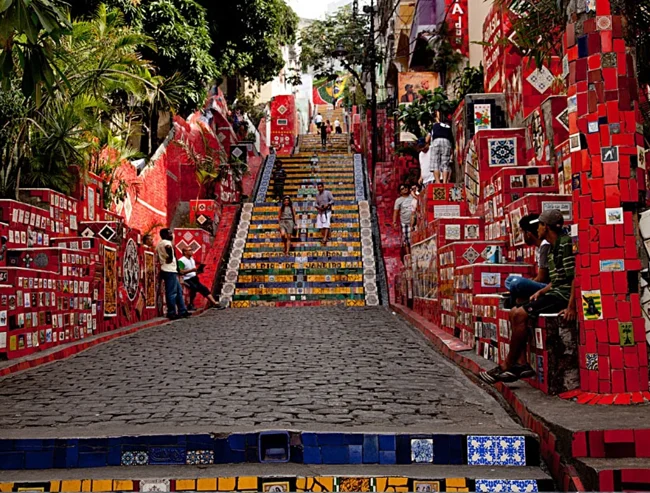
Why Jorge Selaron decided to repair the staircase himself is not very well known, and it is not important. Let's leave aside the question of why he was allowed to do this - it is not private property, apparently. One way or another, he started doing it.
The process began in 1990, they say that at first Jorge drew small pictures and sold them, and with the money he bought tiles to lay on the stairs. 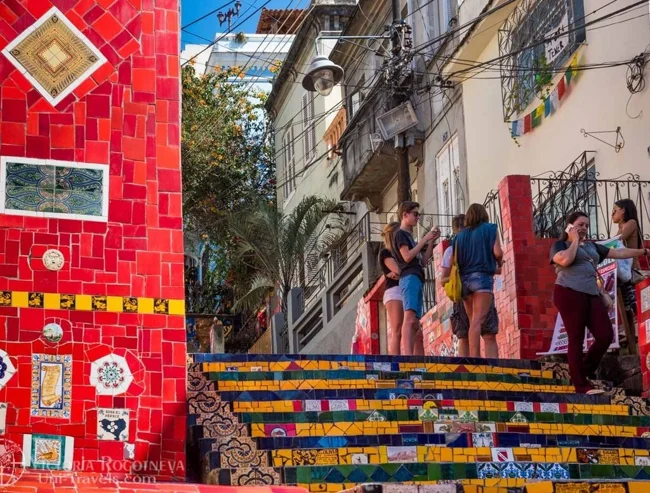
To understand, let's say that on average he received 10-20 reals for his pictures, that is, no more than 10 dollars. Therefore, he did not buy tiles in bulk, so things went slowly. He also drew something on top of the tiles himself, so the stairs began to look quite flashy.
After several media outlets writing about the sights mentioned the unusual staircase, tourists from other cities began to come here. 
And at some point, tourists started a tradition of bringing tiles or other similar souvenirs (for example, ceramic plates) from their cities for Jorge Selaron.
Escadaria Selaron became a world-famous place, and Jorge himself became a real star. They say that he could often be found on the staircase itself - that's why tourists loved to bring him gifts and hand them to him personally. And he would immediately or later figure out where to put them. 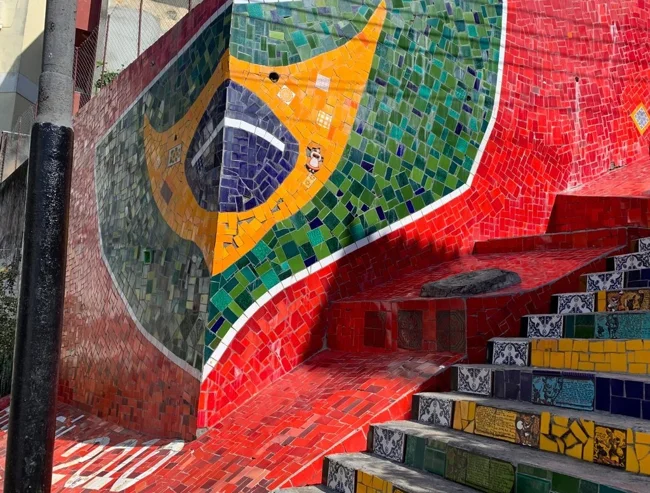
He also had enough attention from journalists, who began to make reports about him and his staircase. However, judging by everything, nothing much had changed in his life - he lived in the same house, wore the same clothes and almost always worked on his staircase, decorating it or resting on its steps.
He was found dead on the steps of this staircase on January 10, 2013. The exact cause of death is unknown. 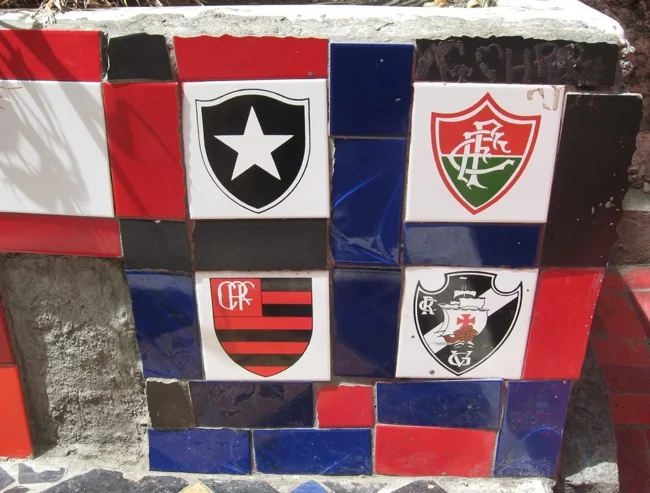
Journalists wrote about "mysterious circumstances", but the official version of the authorities is suicide. Jorge Selaron was only 65 years old at the time.
And the staircase still stands and is probably even sometimes updated thanks to tourists, still attracting attention with its brightness and unusual history. 